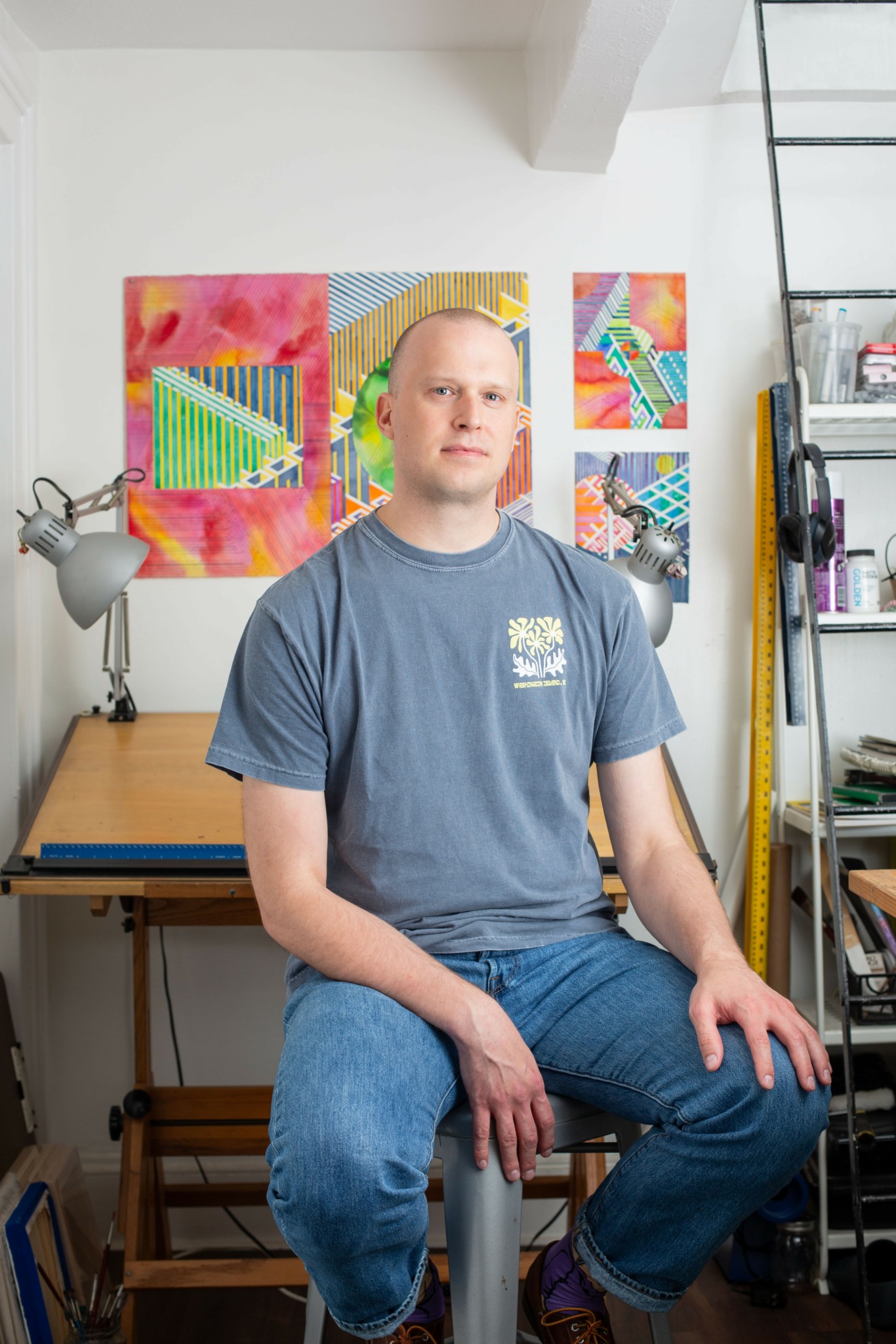Alright – so today we’ve got the honor of introducing you to Nick. We think you’ll enjoy our conversation, we’ve shared it below.
Alright, Nick thanks for taking the time to share your stories and insights with us today. Can you talk to us about a project that’s meant a lot to you?
One of the most meaningful projects I’ve done recently was a commission for the Google corporate offices in Chelsea. The project coincided with COVID and I created two 10 x 50′ wall drawings in their offices. It is the largest work I have ever created. It came during a time where the world had stoped because of the pandemic and it gave me a place to go everyday and a challenging and exciting project to work on. Being Immersed in the wall drawing on such a scale is incredible, I had done other wall drawings over the years but nothing this large. At this scale the work really relates to our scale and begins to envelope the viewer. I learned a lot from making this work, many of those lessons I carry into the work I am doing now.

Nick , love having you share your insights with us. Before we ask you more questions, maybe you can take a moment to introduce yourself to our readers who might have missed our earlier conversations?
I always thought I was going to be an architect. When I was a kid I would draw imagined houses, cities, and places. When I went to college I started out in the architecture department, and soon realized it wasn’t the field for me. The next semester I transferred to the art department and began my studies in the painting and drawing area. My interests still gravitated toward architecture and I continued to work in the architecture department with various independent study courses to fulfill a minor in Architectural Theory and History. The work I did was heavily inspired by an abandoned tannery in Milwaukee and lead to an intense investigative series of paintings, drawings and photography related to that building. As graduation approached I decided I wanted to continue to study art and applied to graduate school. I picked up and moved to Brooklyn to attend Pratt Institute. There I refined my practice, had deeper conversations about art and culture and began to expand my work.
I have lived and worked in NYC for the past 15 years. My studio has always been in my apartment since graduating from Pratt, something that has made me innovate in various ways. A few years into being an independent artist I realized that my drawings were lacking something, and I had been given a tray of watercolors. I decided I needed to teach myself this media, a notoriously difficult one to master. I did this though watching a lot of YouTube videos about technique and making dozens and dozens of muddy and dark watercolors. After some time I was able to wrangle them and make them work for me and my meticulous and straight edged work. This combination of watery and difficult to control, being controlled is the basis of the work make.
Recently, I have expanded my practice into making watercolor on prepared canvas. I was hearing over and over again in studio visits, “what if this was a painting?”, “have you ever thought of making these paintings?”, “paintings are easier to sell, have you thought about making paintings?” After being asked this various times, I decided to see what I could do. A friend of mine over drinks told me about a watercolor ground that could be applied to any surface and it approximates cold pressed watercolor paper. I began experimenting with this medium on panel, on canvas, on canvas over panel. I also began to mix it with another product which ended up making the ground a bit more stable for my use. Now, I’ve begun to make watercolor paintings on canvas over panel. Something I had never thought about doing, but was being gently nudged toward.
Something else happened in my practice which made a major shift in my geometric work. During COVID a friend asked me to pose nude for him. I sent him a few pictures of myself and he sent a few in return. At this moment in time I hadn’t drawn the figure in over a decade, and thought, “what am I going to do with this?” Because it was lockdown and I wasn’t really receiving the normal stimulus for my work, I decided why not draw this friend of mine. It ended up being a terrible drawing but it was fun to execute. I began to start working figuratively from photos that friends began to send to me. This project evolved further into my “Penis Portraits” series. That project solidified for me the “correct” way to use watercolor. Building up thin layers of wash, preserving whites, and applying the paint in a way to achieve naturalism. By doing this it pushed my architectural work into a more open and unpredictable place.
Understanding when the work needs to change, or new techniques need to be introduced into your practice can be hard to spot. It’s imperative for me to keep moving forward with my work and to be a little uncomfortable with what the outcome might be. It’s what keeps the work alive for me and I hope for collectors and viewers of my work.

What do you find most rewarding about being a creative?
Being an artist isn’t a choice. I know that I function better as a person after I’ve been working in my studio. It’s a place where I’m able to express myself completely freely, there’s no one looking over my shoulder and telling me what to do. The freedom in the studio is incredible, and the possibility to discover and expand your practice are invaluable additions to my life.
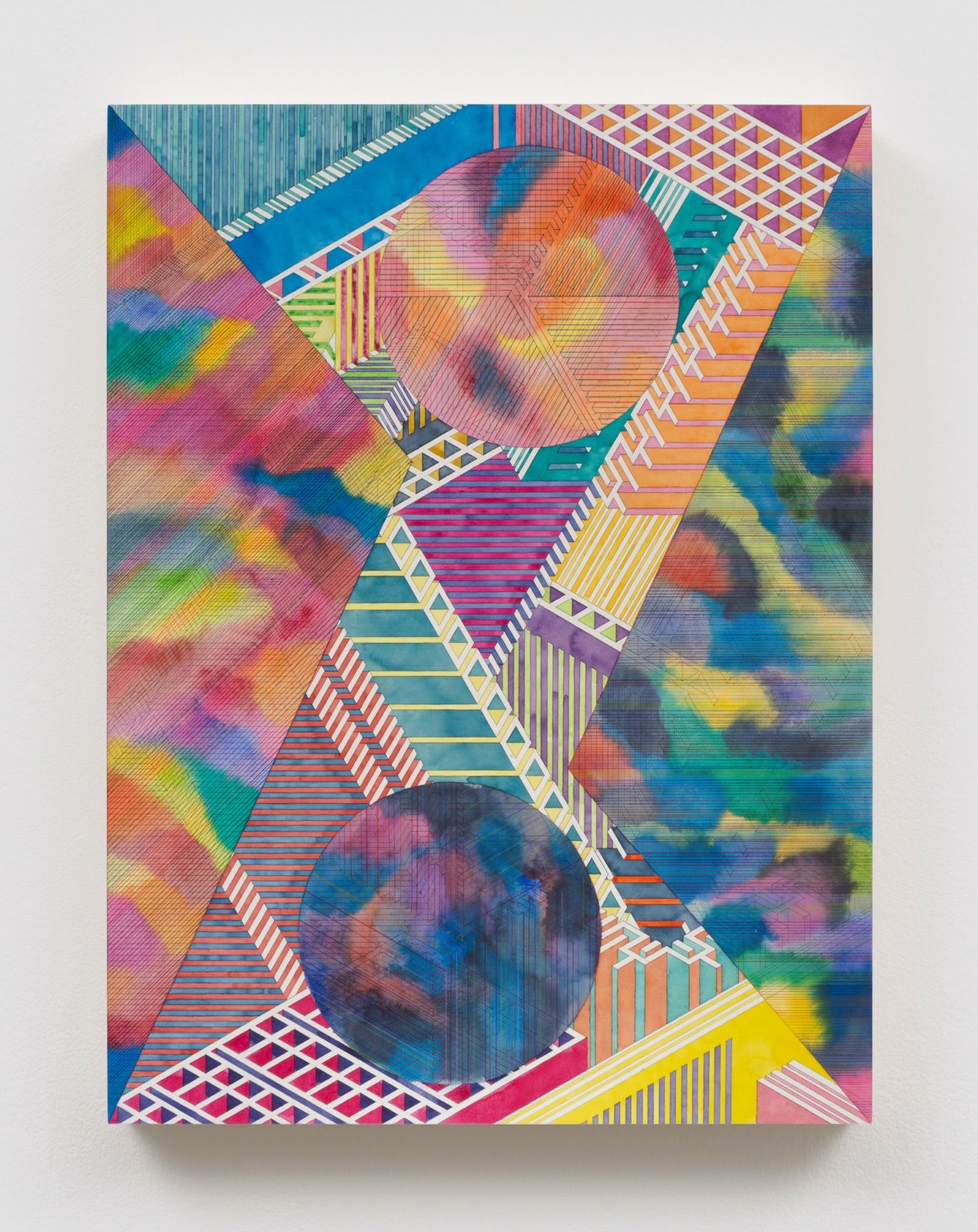
Contact Info:
- Website: https://nicknaber.com

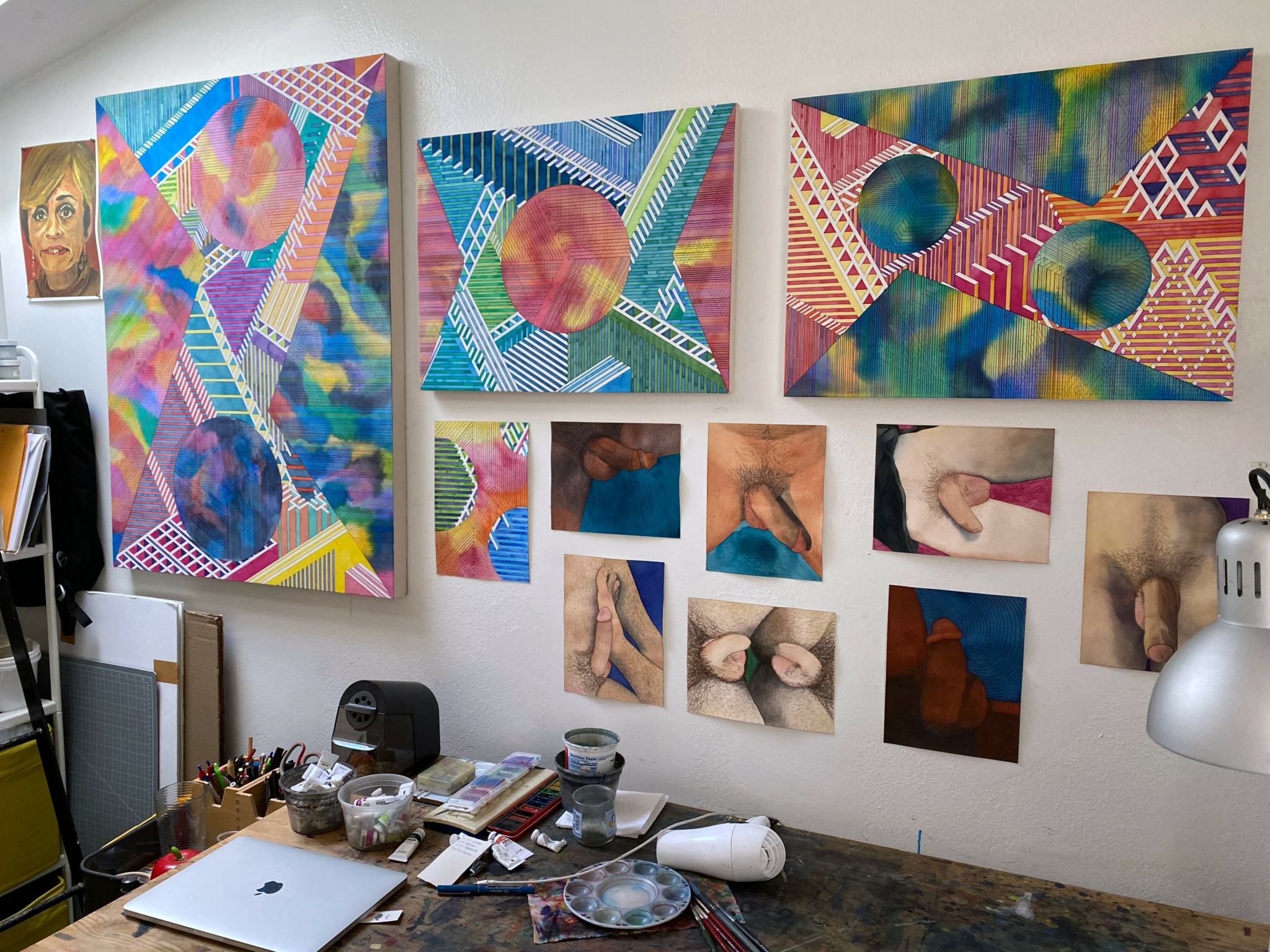

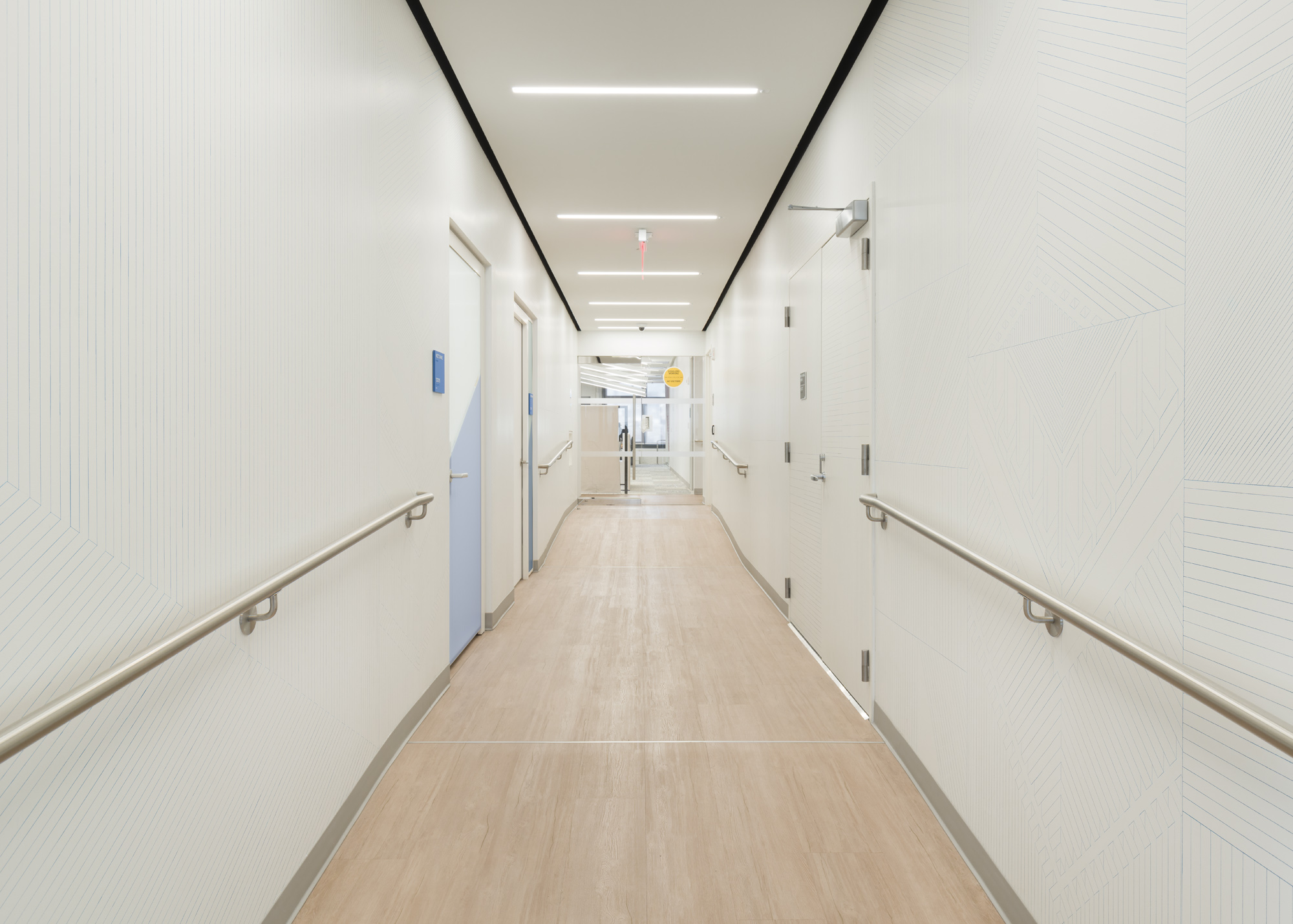
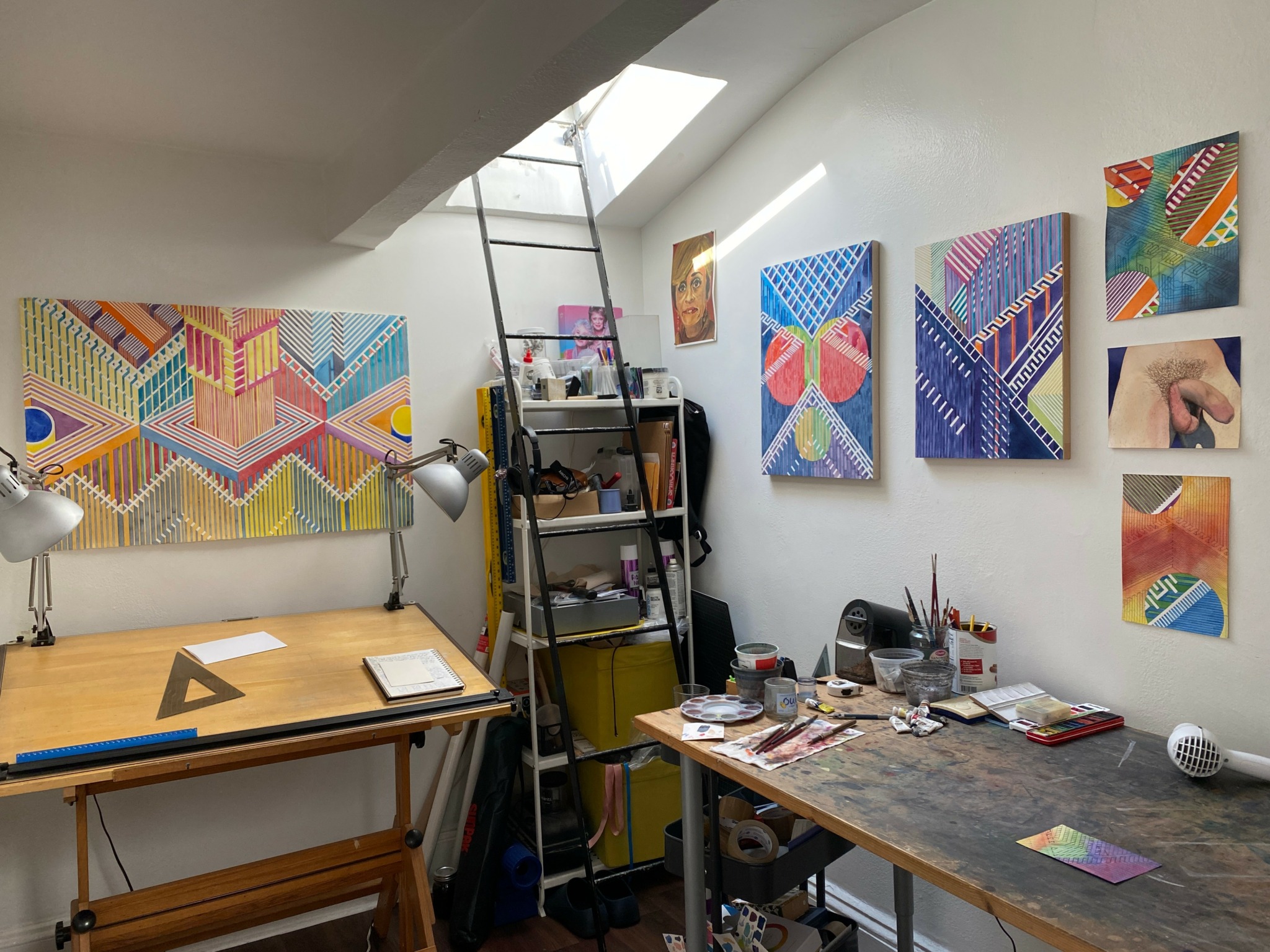
Image Credits
Portrait image of Nick Naber ©Rosscollab October 2025


